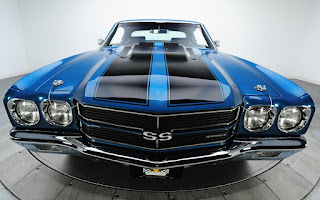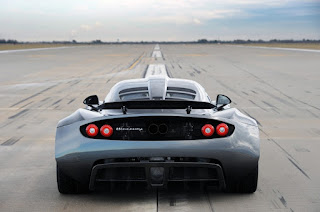Looks like a bubble in space - The Hubble Telescope
The topic of telescopes is familiar very much today. So
today let’s talk about the discovery and some facts about Hubble Space
Telescope.
Hubble telescope was named after an astronomer named Edwin
P. Hubble, but the astronomer who played vital role in making of Hubble Space
telescope and known as mother of Hubble is astronomer Nancy Roman.
Manufacturing began in 1973. This was the time when we were
facing problems in sending rockets out of the earth’s atmosphere. As we know
the main part of a telescope is mirror. So in Hubble space telescope it was
necessary to make an accurate mirror which give us a crystal clear image of an
object. The Hubble telescope consist of two mirrors primary and secondary, if
only primary mirror was used the size of telescope will be very large so in
order to make it compact, secondary mirror was used which magnifies the coming
light rays and focuses on the camera. To make that mirror NASA decided to tie
up with a company named Perkin-Elmer. They made both primary and secondary
mirrors. The mirrors were polished very precisely and also vibration coming
from vehicles passing nearby the workshop were taken into consideration as
these vibrations can make error in mirror polishing.
The mirrors were tested
individually but not tested after setting up in telescope combinely, which led
to a big problem and was noticed when first image was captured. It seemed to be
an enormous failure after thirty years of planning and hard work because of a small
error in the mirror. The problem is with the 30 by 50 centimeter flat mirror is
that if sunlight shines on some part of the mirror, it does not heat them
uniformly, warping their surfaces away from the near - perfect flatness needed.
NASA first found odd data in early tests of the instruments, and traced the
problem of the mirror. Due to this error the mirror in Hubble space telescope
was changed in the space with the help of astronomers and robotic arms. Now it
was to check the new mirror and the images obtained were crystal clear and
finally the mission was successful. The hardwork of thirty years now seemed to
be worth and Hubble space telescope had discovered.
Some Hubble space telescope details are as follows,
Size
- Length: 43.5 feet (13.2 m)
- Weight: At Launch: about 24,000 pounds (10,886 kg)
- Post SM4: about 27,000 pounds (12,247 kg)
- Maximum Diameter: 14 feet (4.2 m)
Spaceflight Statistics
- Low Earth Orbit: Altitude of 340 miles (295 nautical miles, or 547 km), inclined 28.5 degrees to the equator.
- Time to Complete One Orbit: about 95 minutes
- Speed: about 17,000 mph (27,300 kph)
Optical Capabilities
Sensitivity to Light: Ultraviolet through Infrared
(115–2500 nanometers)
Hubble's Mirrors
- Primary Mirror Diameter: 94.5 inches (2.4 m)
- Primary Mirror Weight: 1,825 pounds (828 kg)
- Secondary Mirror Diameter: 12 inches (0.3 m)
- Secondary Mirror Weight: 27.4 pounds (12.3 kg)
Pointing Accuracy
In order to take images of distant, faint objects, Hubble
must be extremely steady and accurate. The telescope is able to lock onto a target
without deviating more than 7/1000th of an arc second, or about the width of a
human hair seen at a distance of 1 mile.
Data Statistics
Hubble transmits about 150 gigabits of raw science data every
week.
Power Needs
- Energy Source: The Sun
- Mechanism: Two 25-foot solar panels
- Power Generation (in Sunlight): about 5,500 watts
- Power Usage (Average): about 2,100 watts
- Power Storage
- Batteries: 6 nickel-hydrogen (NiH)
- Storage Capacity: Equal to about 22 average car batteries.
(Note: above data is obtained from a Google source)
But sadly Hubble space telescope is continuously damaging
due to collision of objects present in space, it is assume that Hubble
telescope can survive till 2030 and the day will come when Hubble telescope
will enter in earth’s atmosphere and will be destroyed due to friction but
happily the mirrors will be safe.
Image Courtesy :- Google Inc.





Great article guys👌
ReplyDeleteAwesome work..👌👌
ReplyDeleteUseful information!!!
ReplyDelete